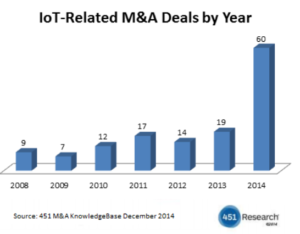As statistics show, from 2002 to 2011 small businesses generated a GDP of 25~30% per year in Canada. In 2008 for example, 46.3% of the total GDP in retail was generated by small businesses of less than 100 employees. This number is 61.5% for accommodation and food services. [i] More importantly, Small businesses provide employment to almost half of the population in Canada. Also statistics from the government of Canada reveal that:
- 42% of SMBs introduced one or more type of innovation between 2012 and 2014.
- 26% introduced a product innovation,
- 20% had innovations in marketing,
- 19% offered organizational innovation, and
- Finally, 18% offered process innovation.[ii]
All these facts and numbers show that SMBs’ role in the everyday lives of Canadians, our industry, our economy and the future of the country cannot be overlooked.
In a report, CIBC focuses on the economical environment of small and medium businesses in Canada and counts their barriers to grow and compete. As this report claims, small businesses are more likely to survive and flourish if their model requires lower fixed assets and capital requirements, focuses on specialized products or services, leverages specific set of skills, or benefits from new technology to make economies of scale less relevant. The same report emphasizes that “to varying degrees, most small businesses face the following weaknesses: Unsound or insufficient analysis in choosing an initial field of business, Poor management skills, Lack of economies of scale, and Inadequate capitalization”[iii]
Interestingly but not surprisingly the above-mentioned four weaknesses are interlinked and can cause a vicious cycle. Lack of sound management skills may hinder the small business from taking advantage of new technologies to gain access to economies of scale and reduce capital requirements, and leverage the required skills to benefit from the emerging and specialized needs and trends in the market.
Solid business models that utilize and leverage the technological advancements and offer end-to-end Internet of Things solutions to empower micro businesses and SMBs, and enable them to compete on fair grounds would be very helpful. Such solutions could also help with further analysis of the market and customers’ behaviours and patterns of purchasing in local stores. This is extremely important for the small businesses especially due to the fact that according to another report published by the government of Canada the major part of small businesses’ sales is within their local neighbourhood. [iv]
Rewarding the end-consumers of the micro-businesses and empowering the SMBs through building a strong network of them with focus on local retailers will help them gain access to economies of scale, decrease their cost of marketing and increase customer loyalty. As data accumulates the marketing insight will be of high value to those businesses, and in general.
References:
[i] https://www.ic.gc.ca/eic/site/061.nsf/eng/02812.html
[ii] https://www.ic.gc.ca/eic/site/061.nsf/eng/02998.html
[iii] https://www.cibc.com/ca/pdf/small-business/tal-canadian-small-business-economic-landscape-en.pdf
[iv] http://www.ic.gc.ca/eic/site/061.nsf/eng/02998.html

